Cap Sealing With Induction Heating
Views Send Enquiry
Objective An induction heater is used to heat a polymer laminated aluminum foil in 0.5 to 2.0 seconds. The heat produced in the aluminum foil melts the polymer that bonds to the neck of a plastic container.
Material Aluminum foil, polyethylene, polypropylene, polyvinylchloride, polystyrene, polyethylene terephthalate, styrene acrylonitrile
Temperature 300 – 400 (ºF), 149 – 204 (ºC)
Frequency 50 to 200 kHz
Equipment Microprocessor controlled 100% solid-state induction power supplies operating between 6 & 30 kW at frequencies of 50- 200 kHz. These units operate with remote sealing heads which allows the main power cabinet of the equipment to be located away from the immediate production area. Distances of up to 100 meters are possible. The microprocessor is used to control and protect the system and ensures that the optimal operating frequency is maintained at all times and that each container receives the same amount of heat energy from cycle to cycle.
Process Two different types of aluminum foil laminates are available for this application. The first assembly includes backing board/reseal, a wax layer, aluminum foil, and a heatseal film for supported systems (Figure 1). The second assembly includes a high temperature film, aluminum foil, and a heatseal film for unsupported systems (Figure 2). The procedure is to fit the foil membrane into the cap and to fit the cap to the container after the product is filled.
Results For the aluminum foil assembly as shown in Figure 1, heat induced in the metallic foil by the induction coil almost instantaneously melts the polymer coating and the neck of the container forming a hermetic seal between the heat seal film and the rim of the container. The heat also melts the wax between the aluminum foil and the back board. The wax is absorbed into the back board. This results in an air tight bond between the aluminum foil/membrane and the rim of the container, the back board is released and remains in the cap.
Process In the case of unsupported membranes in Figure 2, one side of the aluminum foil is coated with a heat sealable polymer film and this face that will be in contact with and sealed to the container. The other side of the foil that will be in contact with the cap has a higher melting-point film that prevents adhesion of the aluminum to the cap allowing the end user to unscrew the cap. Unsupported membranes are typically used where the end user pierces the tamper evident membrane prior to dispensing the product.
The aluminum foil acts as a vapor barrier preserving the freshness of the product and prevents it from drying
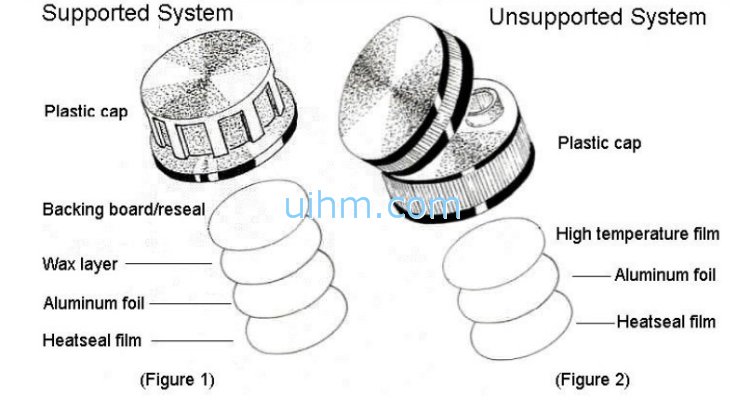
Related Content
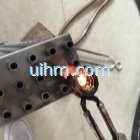
induction brazing SS steel by handheld induction coil
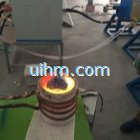
induction melting silicon and steel
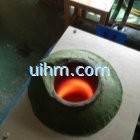
magnesium oxide acidic furnace for induction melting glass
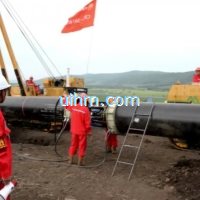
induction preheating gas pipeline by full air cooled clamp induction coil and DSP induction heater
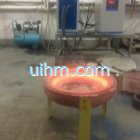
induction melting with Titanium alloy pot by customized induction coil
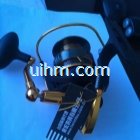
induction melting aluminium for casting wire wheel
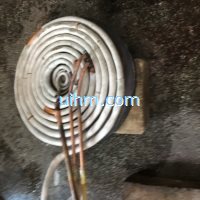
induction heating steel plate by pancake induction coil
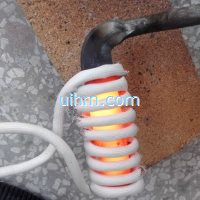
induction heating steel knife
Hot
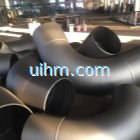
induction painting after induction bending for pipelines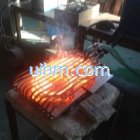
induction heating steel plate
induction remove copper from aluminium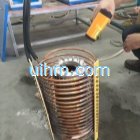
induction heating stator frame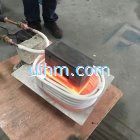
induction heating graphite mould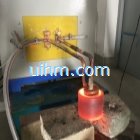
difference between induction heating inner surface and outside surface of steel ring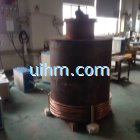
induction heating steel pot bottom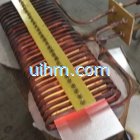
induction heating for heat preservation

Newest Comment
No Comment
Post Comment